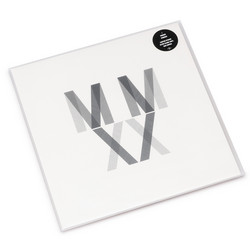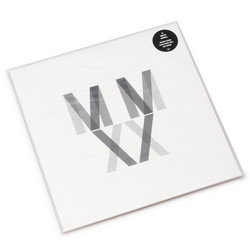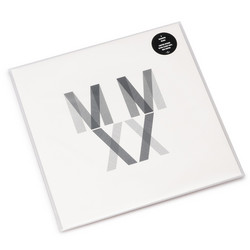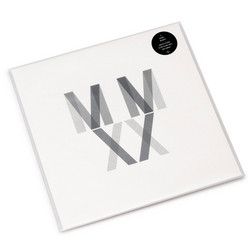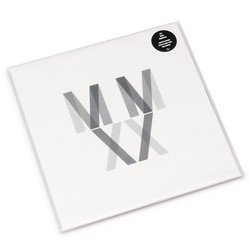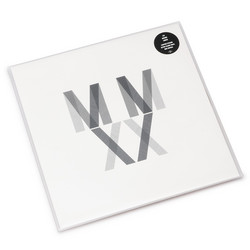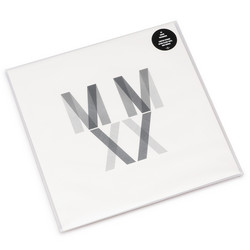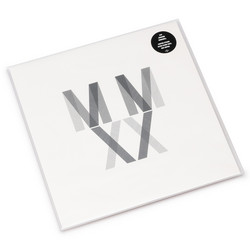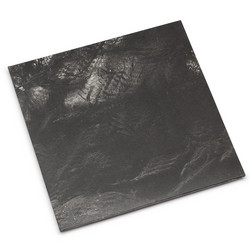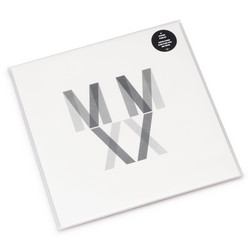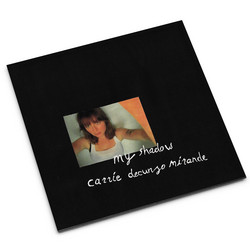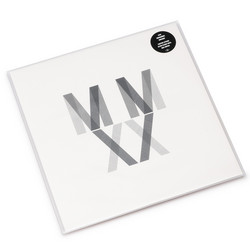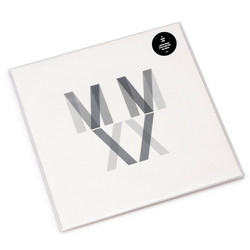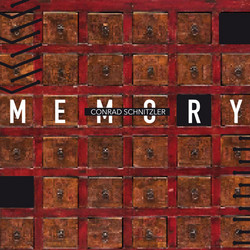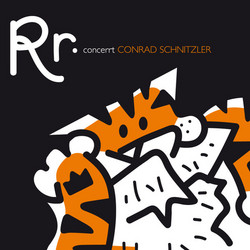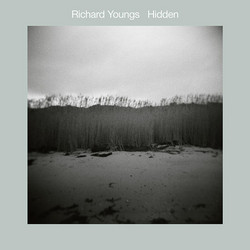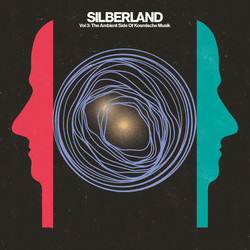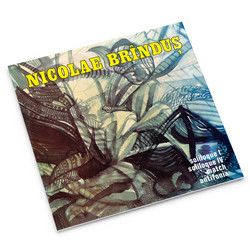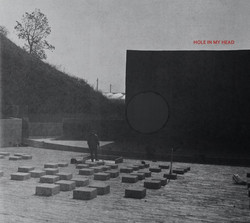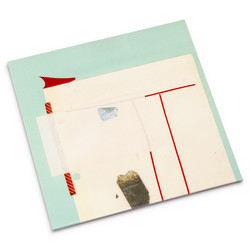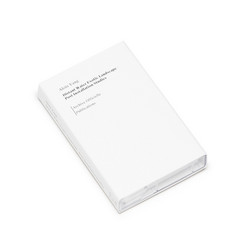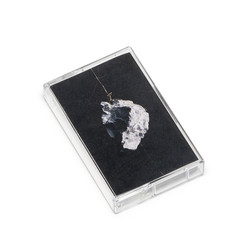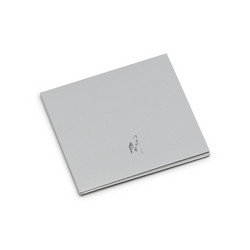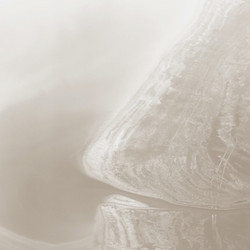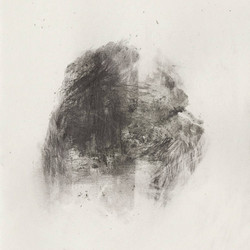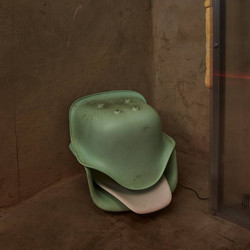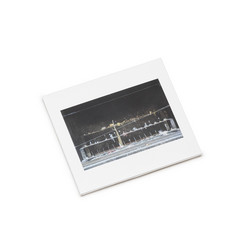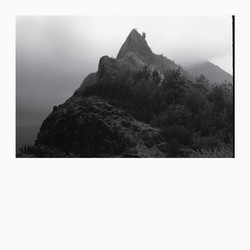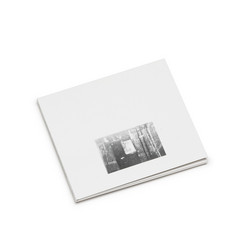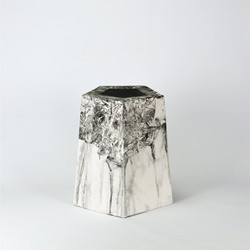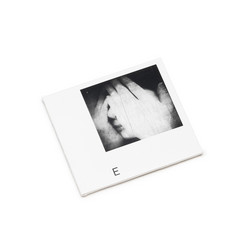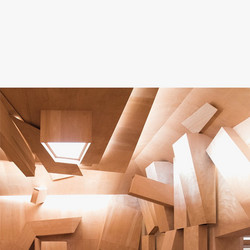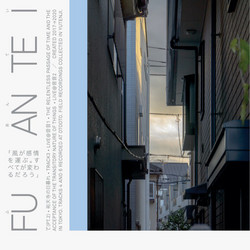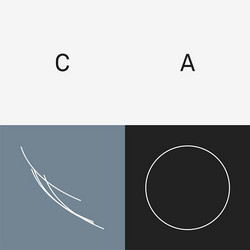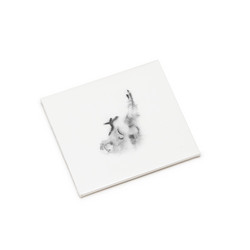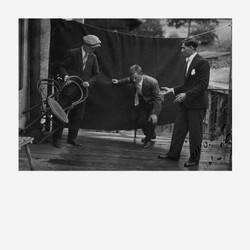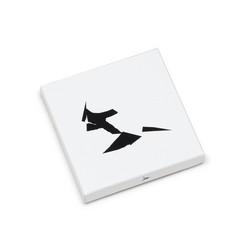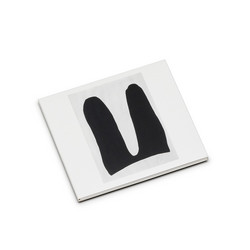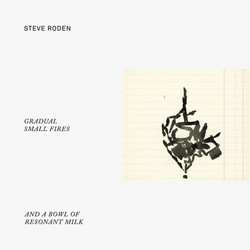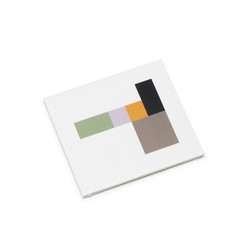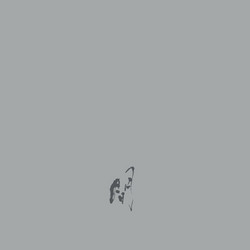“MLMC Live at Punctum” marks the return of media artist, performer and experimental musician Aloïs Yang to 901 Editions after his immersive sound explorations on “Micro Loop Macro Cycle” (2018). “Micro Loop Macro Cycle” is made up of installation, performance, video, and digital releases that investigate environmental cycles through the studies of various states of water. It invites participants to consider their profound relationship to the element of water through technology, and the combined natural, artificial environment.
The focal point of this project is to present how a tiny event – a drop of water, or a sound of cracking and melting ice – in a given cycle system, creates feedback loops that eventually can be seen as the whole. And also how every aspect inside the system is connected to others and capable of revealing the bigger picture on its own. Sound is the primary material of this project, it is used as the communicational medium revealing comprehensive sonic informations about the dynamic states of present time and space, as well as an instrument of reflection and embodiment of one’s self within the cycles.
The installation was shown as a one-day event, installed at Punctum in Prague, in the same space as the concert a few days earlier. The installation functions as an instrument of embodiment recording inner reflections as manifested through sonic information signifying the dynamic states of present time and space. This unique soundscape was collected and used as the source material presented in the concert. The bucket of water filled with the melted ice of the installation – the physical matter that carries the “memory” of the environment, was re-frozen with the hydrophone inside, as the organic sound source and generative data input of the concert. Both physical and metaphysical material of the past, is archived and re-emitted back to the present space through arranged identical speakers. During the concert, instead of content-manipulation of the recorded sound, Yang placed his attention on listening to the space react to its own voices, following and sculpting the perception of the flow of time in relation to the spatial dimension and positioning.
Through bespoken software, the real time interaction with the ice and the recordings from the past, as well as the sonic feedback loops picked up by the hydrophone are all interconnected, and constantly influencing each other both temporally and spatially. The results are found in a variation of sonic properties, such as shifted pitches, spatial movement, temporal development, and repetition. The momentary outcomes can be perceived as distinct sets of environmental information, which are articulated by active listening as newly-formed fragmental realities.
